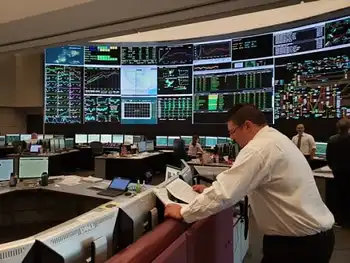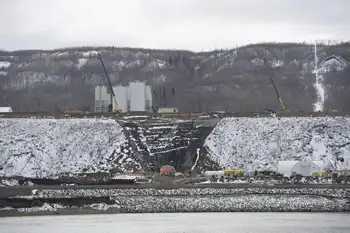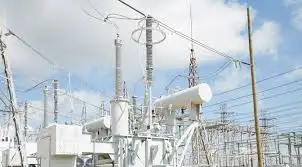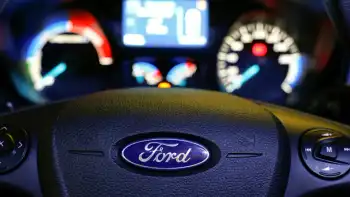IAEA Reviews Belarus’ Nuclear Power Infrastructure Development
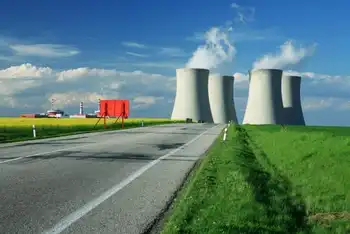
Arc Flash Training CSA Z462 - Electrical Safety Essentials
Our customized live online or in‑person group training can be delivered to your staff at your location.

- Live Online
- 6 hours Instructor-led
- Group Training Available
Belarus Nuclear Power Infrastructure Review evaluates IAEA INIR Phase 3 readiness at Ostrovets NPP, VVER-1200 reactors, legal and regulatory framework, commissioning, safety, emergency preparedness, and energy diversification in a low-carbon program.
Key Points
An IAEA INIR Phase 3 assessment of Belarus readiness to commission and operate the Ostrovets NPP with VVER-1200 units.
✅ Reviews legal, regulatory, and institutional arrangements
✅ Confirms Phase 3 readiness for safe commissioning and operation
✅ Highlights good practices in peer reviews and emergency planning
An International Atomic Energy Agency (IAEA) team of experts today concluded a 12-day mission to Belarus to review its infrastructure development for a nuclear power programme. The Integrated Nuclear Infrastructure Review (INIR) was carried out at the invitation of the Government of Belarus.
Belarus, seeking to diversify its energy production with a reliable low-carbon source, and aware of the benefits of energy storage for grid flexibility, is building its first nuclear power plant (NPP) at the Ostrovets site, about 130 km north-west of the capital Minsk. The country has engaged with the Russian Federation to construct and commission two VVER-1200 pressurised water reactors at this site and expects the first unit to be connected to the grid this year.
The INIR mission reviewed the status of nuclear infrastructure development using the Phase 3 conditions of the IAEA’s Milestones Approach. The Ministry of Energy of Belarus hosted the mission.
The INIR team said Belarus is close to completing the required nuclear power infrastructure for starting the operation of its first NPP. The team made recommendations and suggestions aimed at assisting Belarus in making further progress in its readiness to commission and operate it, including planning for integration with variable renewables, as advances in new wind turbines are being deployed elsewhere to strengthen the overall energy mix.
“This mission marks an important step for Belarus in its preparations for the introduction of nuclear power,” said team leader Milko Kovachev, Head of the IAEA’s Nuclear Infrastructure Development Section. “We met well-prepared, motivated and competent professionals ready to openly discuss all infrastructure issues. The team saw a clear drive to meet the objectives of the programme and deliver benefits to the Belarusian people, such as supporting the country’s economic development, including growth in EV battery manufacturing sectors.”
The team comprised one expert from Algeria and two experts from the United Kingdom, as well as seven IAEA staff. It reviewed the status of 19 nuclear infrastructure issues using the IAEA evaluation methodology for Phase 3 of the Milestones Approach, noting that regional integration via an electricity highway can shape planning assumptions as well. It was the second INIR mission to Belarus, who hosted a mission covering Phases 1 and 2 in 2012.
Prior to the latest mission, Belarus prepared a Self-Evaluation Report covering all infrastructure issues and submitted the report and supporting documents to the IAEA.
The team highlighted areas where further actions would benefit Belarus, including the need to improve institutional arrangements and the legal and regulatory framework, drawing on international examples of streamlined licensing for advanced reactors to ensure a stable and predictable environment for the programme; and to finalize the remaining arrangements needed for sustainable operation of the nuclear power plant.
The team also identified good practices that would benefit other countries developing nuclear power in the areas of programme and project coordination, the use of independent peer reviews, cooperation with regulators from other countries, engagement with international stakeholders and emergency preparedness, and awareness of regional initiatives such as new electricity interconnectors that can enhance system resilience.
Mikhail Chudakov, IAEA Deputy Director General and Head of the Department of Nuclear Energy attended the Mission’s closing meeting. “Developing the infrastructure required for a nuclear power programme requires significant financial and human resources, and long lead times for preparation and the approval of major transmission projects that support clean power flows, and the construction activities,” he said. “Belarus has made commendable progress since the decision to launch a nuclear power programme 10 years ago.”
“Hosting the INIR mission, Belarus demonstrated its transparency and genuine interest to receive an objective professional assessment of the readiness of its nuclear power infrastructure for the commissioning of the country’s first nuclear power plant,” said Mikhail Mikhadyuk, Deputy Minister of Energy of the Republic of Belarus. ”The recommendations and suggestions we received will be an important guidance for our continuous efforts aimed at ensuring the highest level of safety and reliability of the Belarusian NPP."






